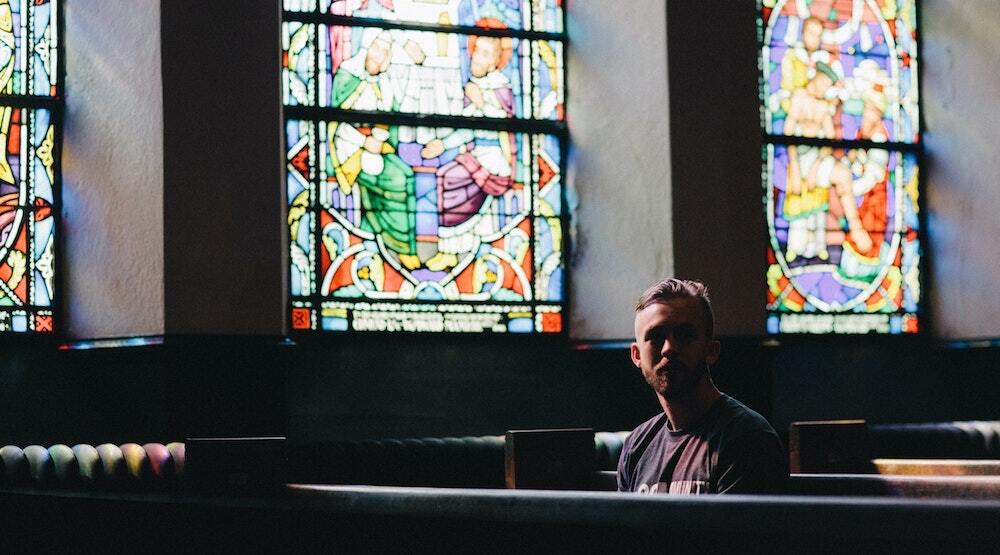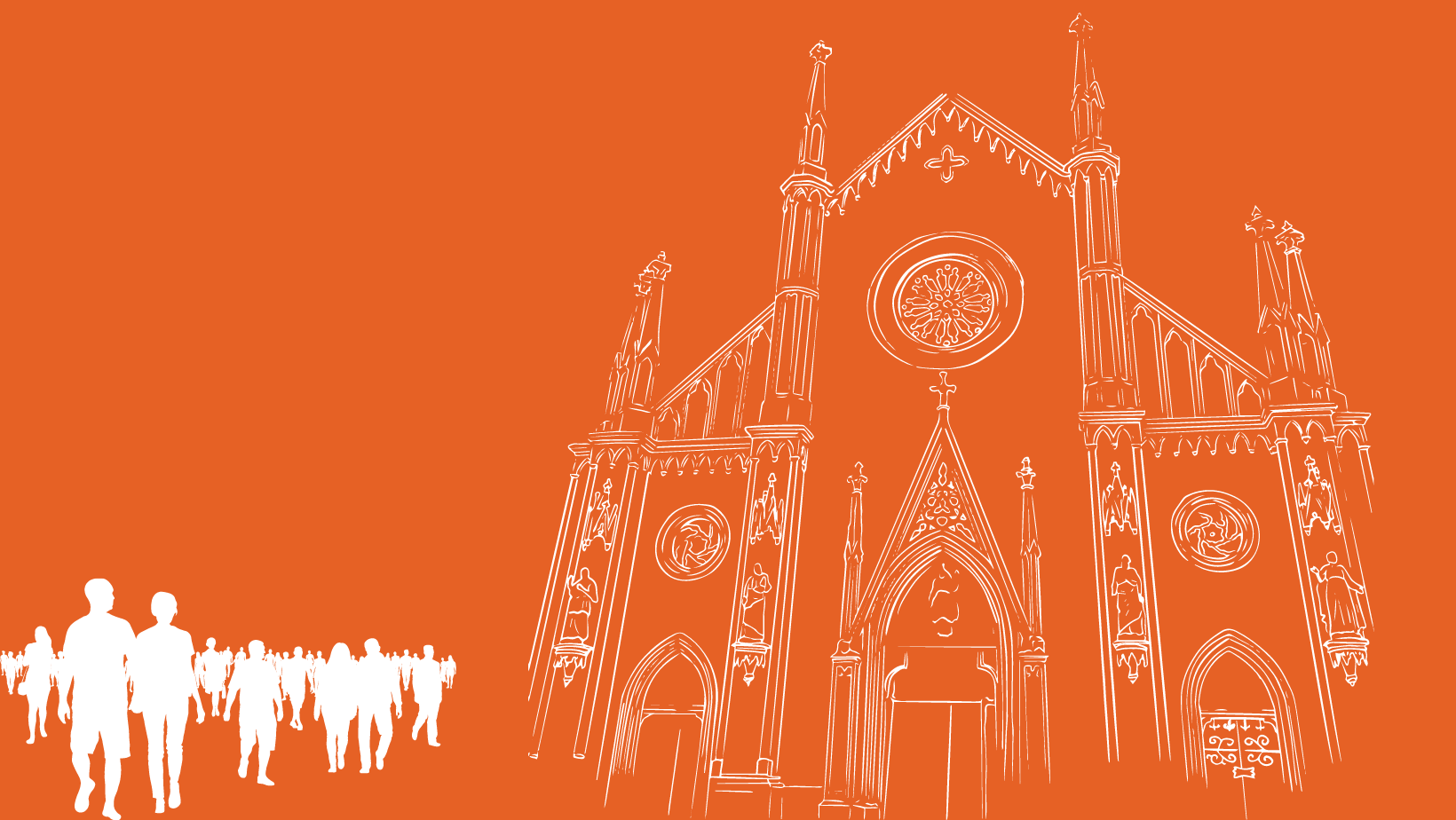The coronavirus has provided an opportunity to reset much of our perspective, including how we approach “church”. It has exposed and elevated many of the structural issues plaguing the church in America, offering a chance to reexamine and reimagine how we might move forward. How christians choose to act in the wake of this pandemic will shape the direction of the church in America for generations to come.
Even before the pandemic, people were leaving the church in droves. The online nature of services during Covid-19 has many people wondering whether going back to church is really necessary. It has exacerbated a growing reality, bringing the ineffectiveness of the church to a boiling point.
There is no question the church is in trouble. A recent Gallup poll found that church membership among U.S. adults is down from 70% in 2000 to 47% in 2019-20. Even among those who claim a Christian affiliation, church attendance is down (from 73% to 60% in the same timeframe). The numbers suggest this decline is only increasing – a Pew Research poll highlights the decreasing number of Millennials/young adults who identify as Christian (49% compared to 76% of Baby Boomers).
Are the structures of the Christian faith perfectly fine (and the blame for these troubles external), irrelevant and irreparably broken, or in need of a critical repair? How Christians answer this question will help determine the movement of faith in America. And it could be a monumental, history-defining shift.
To be clear, the major problem here is not the numbers. Our churches are not consistently producing transformed disciples. Most professing Christians would not even know how to begin defining what a disciple is and what he/she does.
These issues are not just about “culture wars”, ideology, or theological disagreement. Fundamentally, the structure of the way we think and practice church is broken. Pastors and congregants alike are frustrated with a Sunday-centered conception of The Body of Christ. A structure that promotes pastors as experts and congregants as consumers. For most of those who do go to church, their biggest contribution is deciding whether to criticize or revere the preacher.
The issue is structural. Declining numbers, burnout among ministry professionals, and scandals within the church are just symptoms of this greater illness. We are producing what we are structured to produce. And if we want better fruit, it is time to reconsider how we are structured.
The response from the American church to this qualitative and quantitative decline has been disturbing. From scandals involving Catholic priests and mega-church pastors, to declining membership and accusations of real harm from those brought up in the church, we have tended to defend the institution rather than evaluate it. There has been a presumption of adequacy that lacks the humility so central to Christian thought.
At this critical, historical junction, we must decide what is to be done about the structural fissures in the American church.
There are, by the way, people who are doing this (and have been for a long time). People like Tampa Underground and Exponential, among many others. In places like China and Kenya, Christianity is growing because of a disciple-making model that seems to focus on the idea that church is not something you go to, it is something you are.
So, here we sit, with a massive problem on our hands. A pandemic that has forced a certain measure of reset and contemplation. Micro-church, house church, and disciple-making-movements are expanding all around us. What are we going to do?
Cosmetic changes like rearranging the chairs and beefing up sound/video quality are not the answer. A renewed focus on content is helpful, but is undermined by our stubborn structures that communicate messages contradictory to what we say out loud.
In Winston Churchill’s autobiographical history of The Second World War, the third of the six volumes is entitled “The Hinge of Fate”. It chronicles the turning of the tide for the Allies, moving from defeat after seemingly endless defeat to a small string of victories that built, multiplied, and changed the course of world history. Might the American church be in the midst of a similar volume? The opportunity is in front of us. What we do with it remains to be seen.









